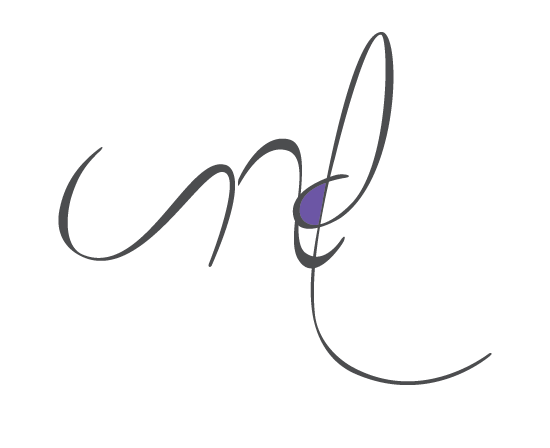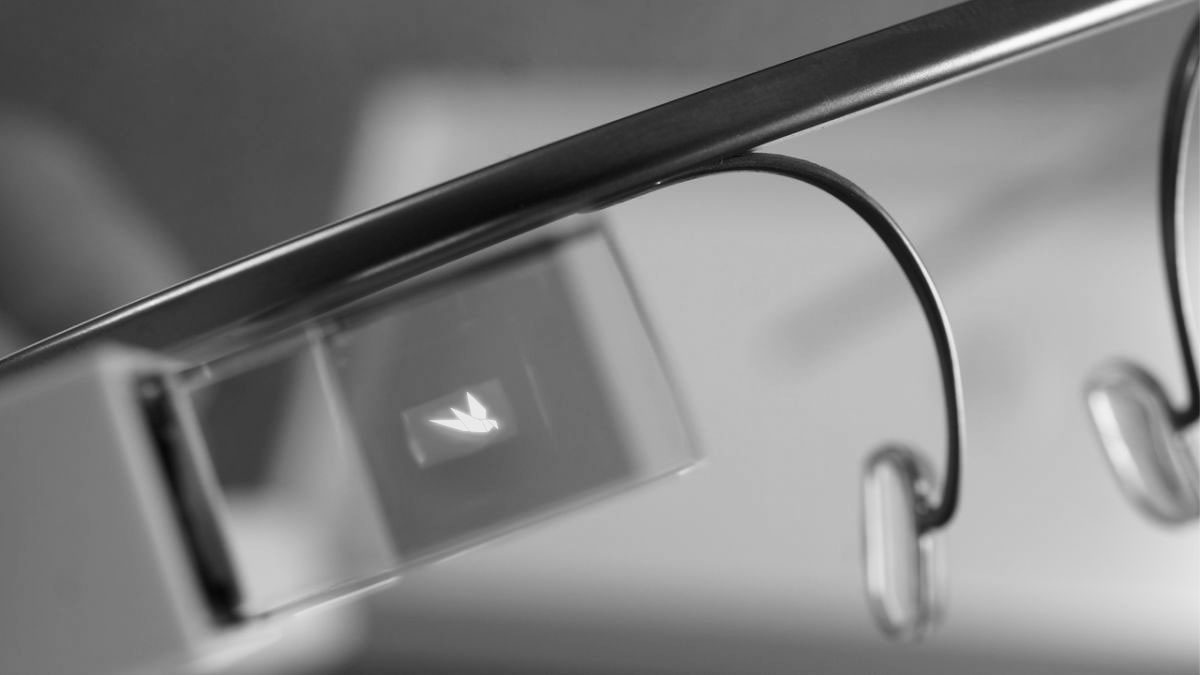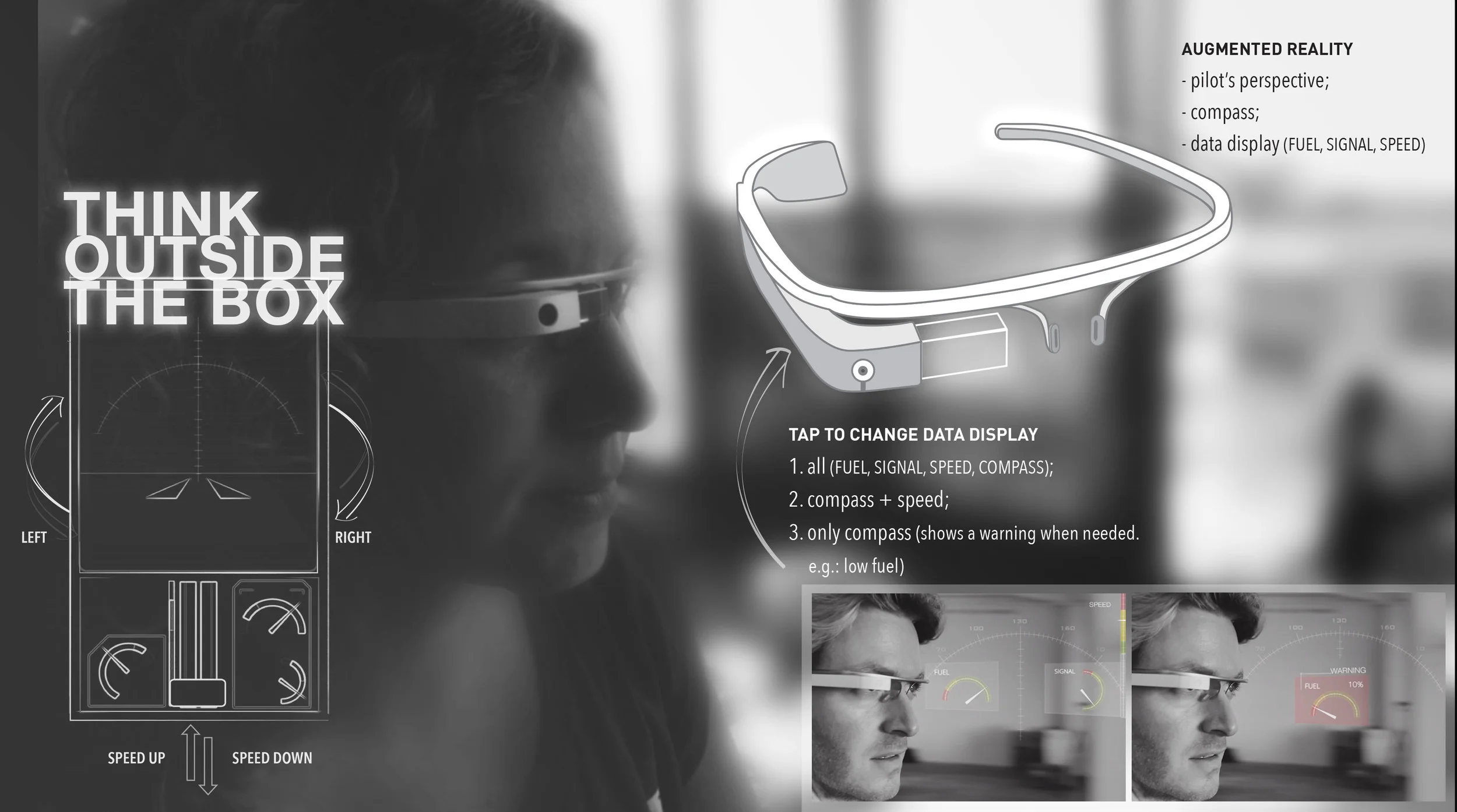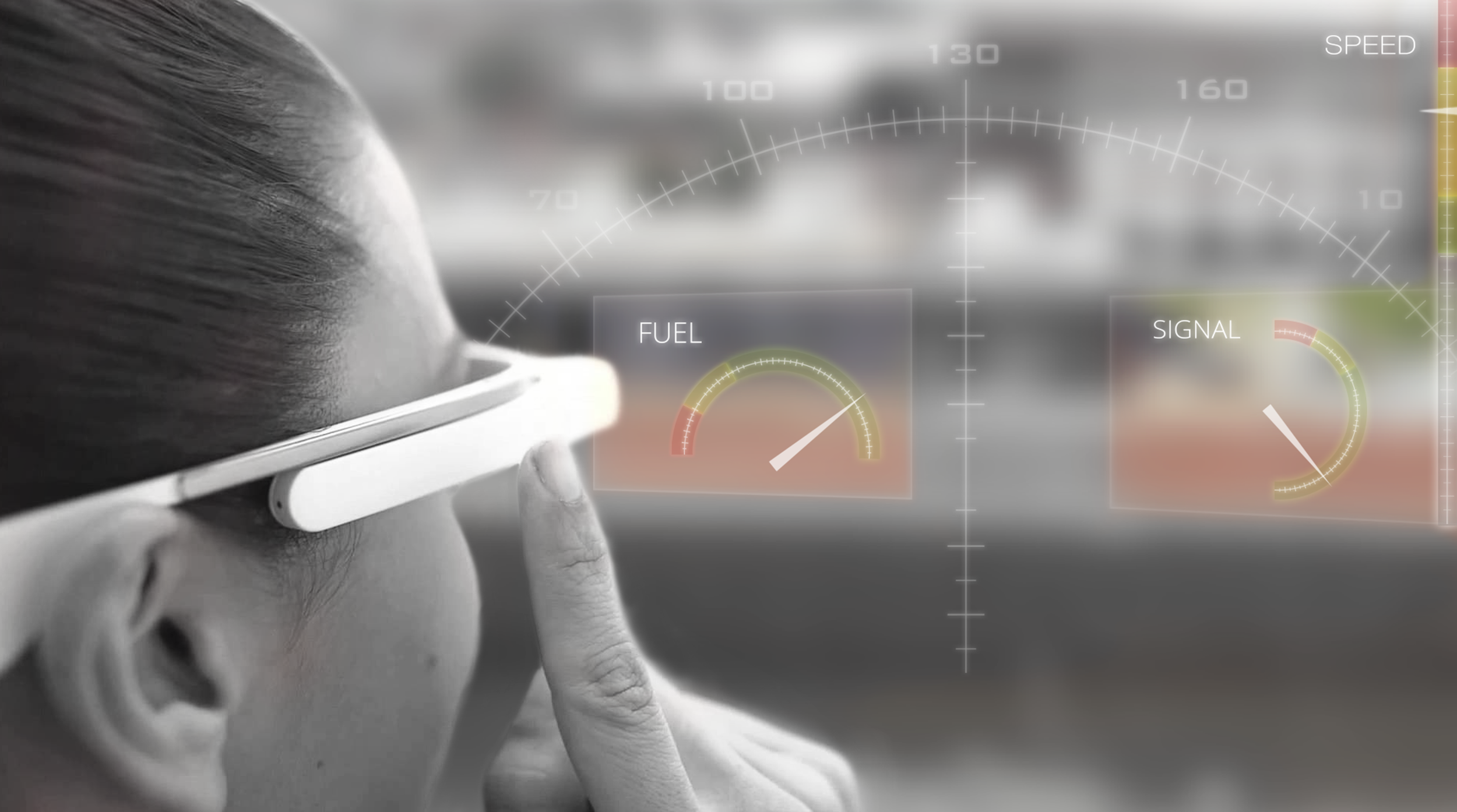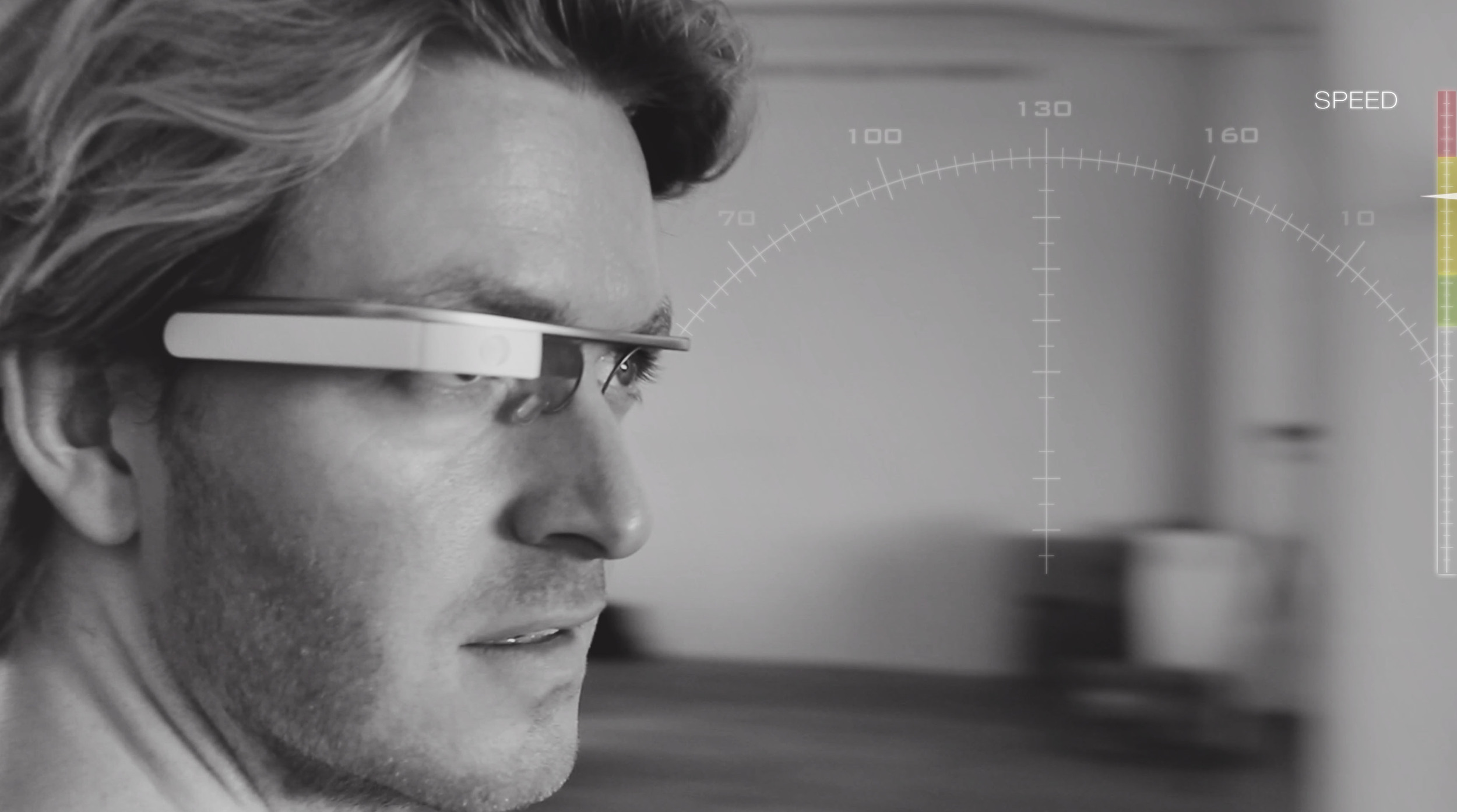My contribution as Lead Designer:
In this concept, I was responsible for:
investigating on a new target group of gamers, interested in AR/VR gadgets;
investigating on visual trends and possibilities on AR graphics;
to contribute to the concept design, in ideation sessions, along with Rich Ditschler and Toby Dazenko;
to design the 2D interface for AR based on my previous work, bringing visual coherence between the screen based UI and the Augmented via Google Glasses;
to produce a video to mock-up the user experience and design concept, useful for developers and business development to measure feasibility and viability.
From the user experience point of view, I had concerns and was willing to measure acceptance of a new generation of consumers, without having a high-fidelity prototype to manage a study. Meaning, to design and test how the AR elements could facilitate the user experience of piloting the SmartPlane, would it bring a great improvement worth the effort?
Team Challenge
Our team was always in touch with new technologies at the Mobile Research Center in the University of Bremen, where TobyRich was incubated as a mobile focused start-up. Our challenge was to bridge the new technology of Augmented Reality (AR) into the experience of the SmartPlane. Where players would no longer need to look at the smartphone screen to have basic information, such as fuel (warning when low), speed, bad weather conditions or direction compass.
The challenges were mainly the usual when dealing with a brand new technology (wearables and AR) combining them with existent ones (smartphone controlled gadgets via Bluetooth).
The main gadget needed to augment the user experience was the Google Glass, which back in 2012 wasn’t greatly spread among gamers nor SmartPlane casual users. Besides, Google Glass ended up discontinued 3 years later.
We had difficulties to mock-up the experience in a fast prototyping manner, so we opted for a video, as the most immersive manner to illustrate the experience before development. The video concept was used later by the engineers for estimation on feasibility, also by business development colleagues and investors.
